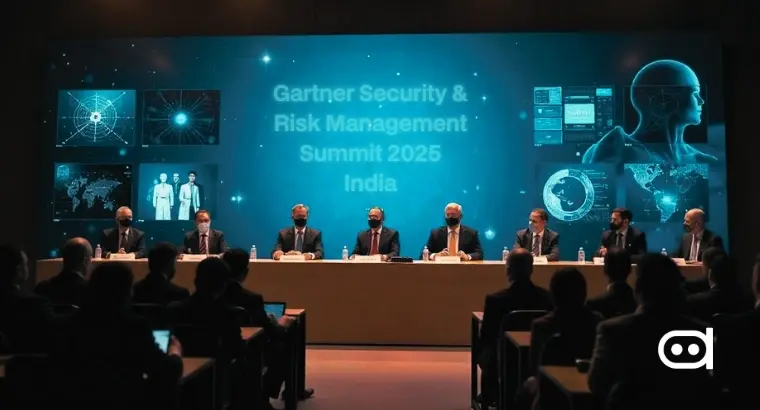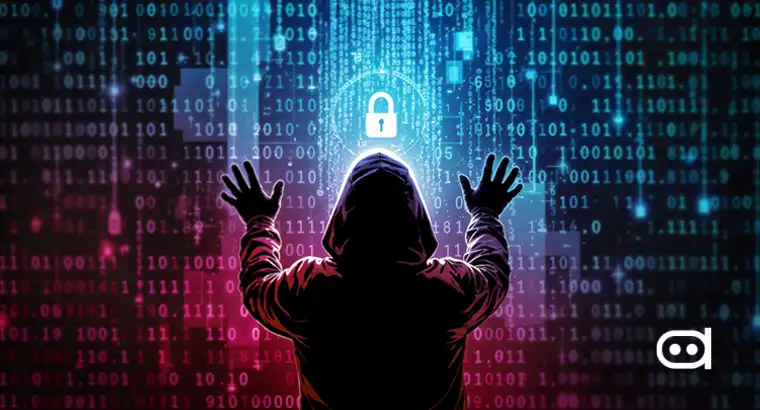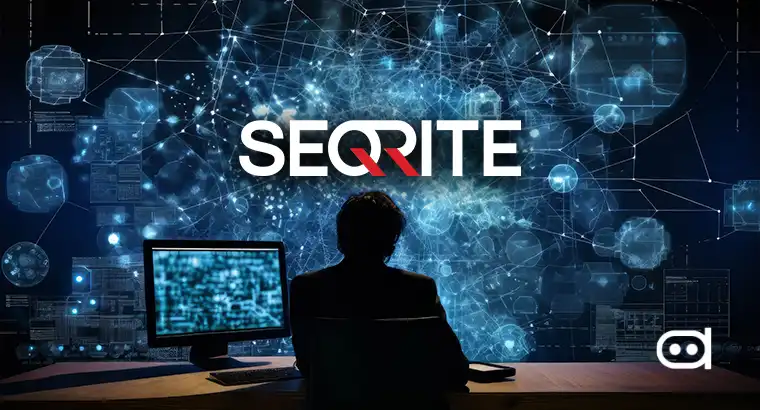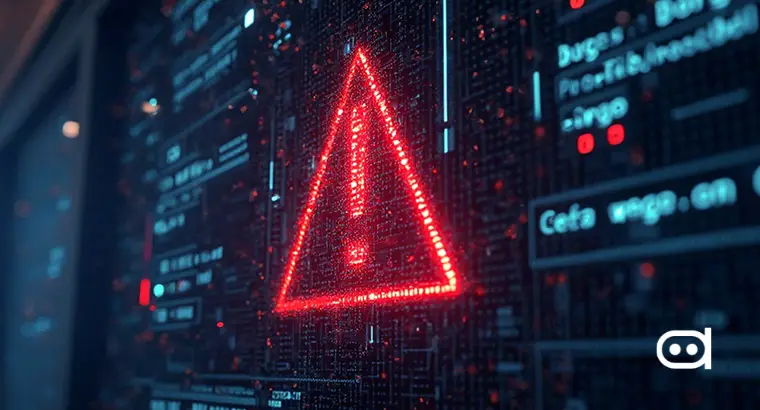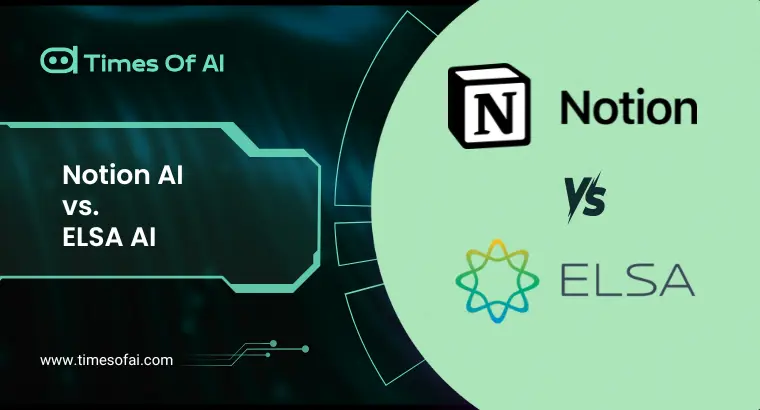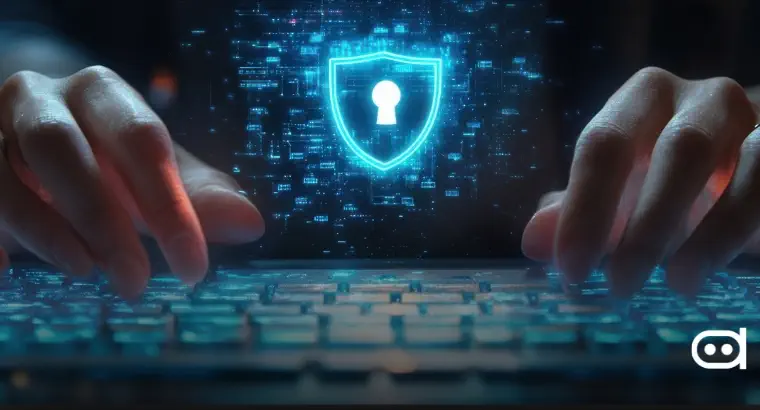
- Zero Trust Identity is emerging as a game-changer in cybersecurity, focusing on identity verification to secure systems in an increasingly digital world. In his recent talk, David Morimanno explored how prioritizing identity is crucial in establishing a zero-trust framework, which protects organizations against evolving cyber threats.
- This approach ensures that every access point is authenticated, reducing the risks of breaches and enhancing overall security. By focusing on identity as the foundation, businesses can better safeguard their digital transformation efforts while adapting to today’s cybersecurity challenges.
Zero Trust Identity is proving to be a valuable addition as part of the development of the cybersecurity. It provides today’s firms with the protection they require in an age of endless evolution of the digital sphere. Recently, David Morimanno, who works for the Xalient organization as a specialist in cybersecurity, explained why it is worth paying attention to the identity within the Zero Trust strategy and how it guides the future of cybersecurity immunology management.
In the past, the models for IT security included the border or perimeter containment strategy. Only users belonging to the organization and within the network were permitted access to the systems of that organization. But with the emphasis on cloud technology, work that is done offsite, and outsourcing, there is no limitation to this perimeter. Hackers had to overcome some form of defense. Now, all they have to do is look for a weakness in the user’s password and exploiting it to gain access to the sensitive resources. Because of this change in the nature of the threats, many organizations have moved to Zero Trust Identity, which is an approach where trust is never assumed and every single piece of trusted data is verified.
Morimanno has posited that any organization’s security framework must place as its most fundamental construction component the Zero Trust Identity. This implies that, every user is treated as a bad actor until their identity has been confirmed. Identity verification becomes the gatekeeper where only the intended audience gets access to information and systems. This approach is further enhanced by employing multi-factor authentication (MFA), biometric validation, and usage of behavioral analytics which add additional security measures to every login activity.
From a different perspective, Zero Trust Identity is used to mean the protection against external attacks, but rather the users develop their policies to tackle the threat of vandalism from within. Employees, contractors, and outside agencies may access sensitive systems, and if their credentials fall into the wrong hands it can be disastrous. Zero Trust Identity simply ensures that illumination of a subject’s perception is related only to illumination that is desirable, and unnecessary illuminations which come from distortion of the requirements are monitored to ensure no room for foul play and no judgments incurred.
Pay close attention to how Morimanno emphasizes being Zero Trust Identity embraces and integrates cybersecurity with the virtues of digital transformation. With the trend of companies moving to cloud solutions as well as allowing remote working practices, this model also offers enough flexibility needed to grow without compromising on security. As a result of the organizational struggle to stay relevant and not be confined to borders due to the name perimeter, they can now take up to new technologies without worrying as to how they will be secured as identity controls will be employed.
Read More: Aprecomm’s Strategic Move: Partnering with Netlink to Target New Markets
Compliance is another factor that has to be taken into consideration, and in this respect, Zero Trust Identity also has a good response to it. As privacy regulations including but not limited to GDPR and CCPA become stricter, it is paramount for businesses to ensure that users’ data is safe and well protected during its entire cycle. Verifying the identity of users is a major concern when it comes to these compliances and it helps to prevent loss of customers and the company’s goodwill.
In many respects, the narrative on Zero Trust Identity would be incomplete or misleading at best only as a cybersecurity fad. Furthermore, as Morimanno himself pointed out, identification needs to be the focal point in promoting safe business operations and business processes that should be velocity-oriented considering the constant changes in the threats. Organizations will be able to tap on identity internally and externally protect themselves from attacks and gain the ability to survive in this digital era for an extended period of time.
